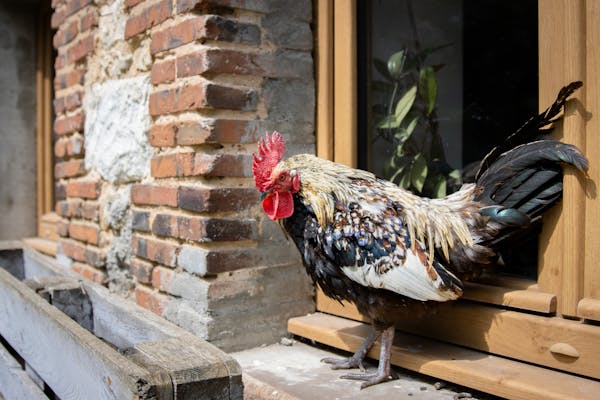Introduction: The Blue Andalusian chicken, with its striking appearance and versatile characteristics, has captured the hearts of poultry enthusiasts around the world. This ancient breed, originating from Spain, boasts a unique blue coloration and a heritage steeped in tradition. In this comprehensive article, we'll explore the history, characteristics, and care requirements of the Blue Andalusian chicken.
History and Origins: The Blue Andalusian chicken has a long and storied history that dates back to ancient Spain. Believed to have originated in the Andalusia region of southern Spain, this breed was historically prized for its beauty, resilience, and egg-laying abilities. Over the centuries, Blue Andalusians were favored by Spanish nobility and were even depicted in historical artwork for their regal appearance.
Distinctive Characteristics: One of the most notable features of the Blue Andalusian chicken is its stunning blue plumage, which sets it apart from other poultry breeds. The feathers of the Blue Andalusian exhibit a unique slate-blue coloration with lustrous black accents, giving the bird a striking and elegant appearance. In addition to its distinctive coloration, the Blue Andalusian is known for its sleek, slender build and upright posture.
Versatile Utility: Beyond its aesthetic appeal, the Blue Andalusian chicken is prized for its versatility and utility. While it is primarily raised for its striking appearance and ornamental value, this breed also excels as a reliable egg producer. Blue Andalusians are known for their prolific egg-laying capabilities, with hens laying an average of 200-250 large white eggs per year. Additionally, the breed's relatively small size and active foraging behavior make it well-suited for free-range and backyard poultry keeping.
Care and Maintenance: Proper care and maintenance are essential for ensuring the health and well-being of Blue Andalusian chickens. Like all poultry breeds, Blue Andalusians require access to clean water, nutritious feed, and adequate shelter. Additionally, providing ample space for foraging and exercise is important for keeping these active birds content and healthy. Regular health checks, parasite control, and predator-proofing measures are also crucial for maintaining a thriving Blue Andalusian flock.
Conclusion: The Blue Andalusian chicken is a captivating breed with a rich history and distinctive characteristics. From its stunning blue plumage to its versatile utility as an egg producer, this ancient breed continues to enchant poultry enthusiasts and backyard chicken keepers alike. Whether admired for its beauty, appreciated for its egg-laying prowess, or cherished for its historical significance, the Blue Andalusian remains a cherished symbol of elegance and tradition in the world of poultry keeping.


Comments
Post a Comment